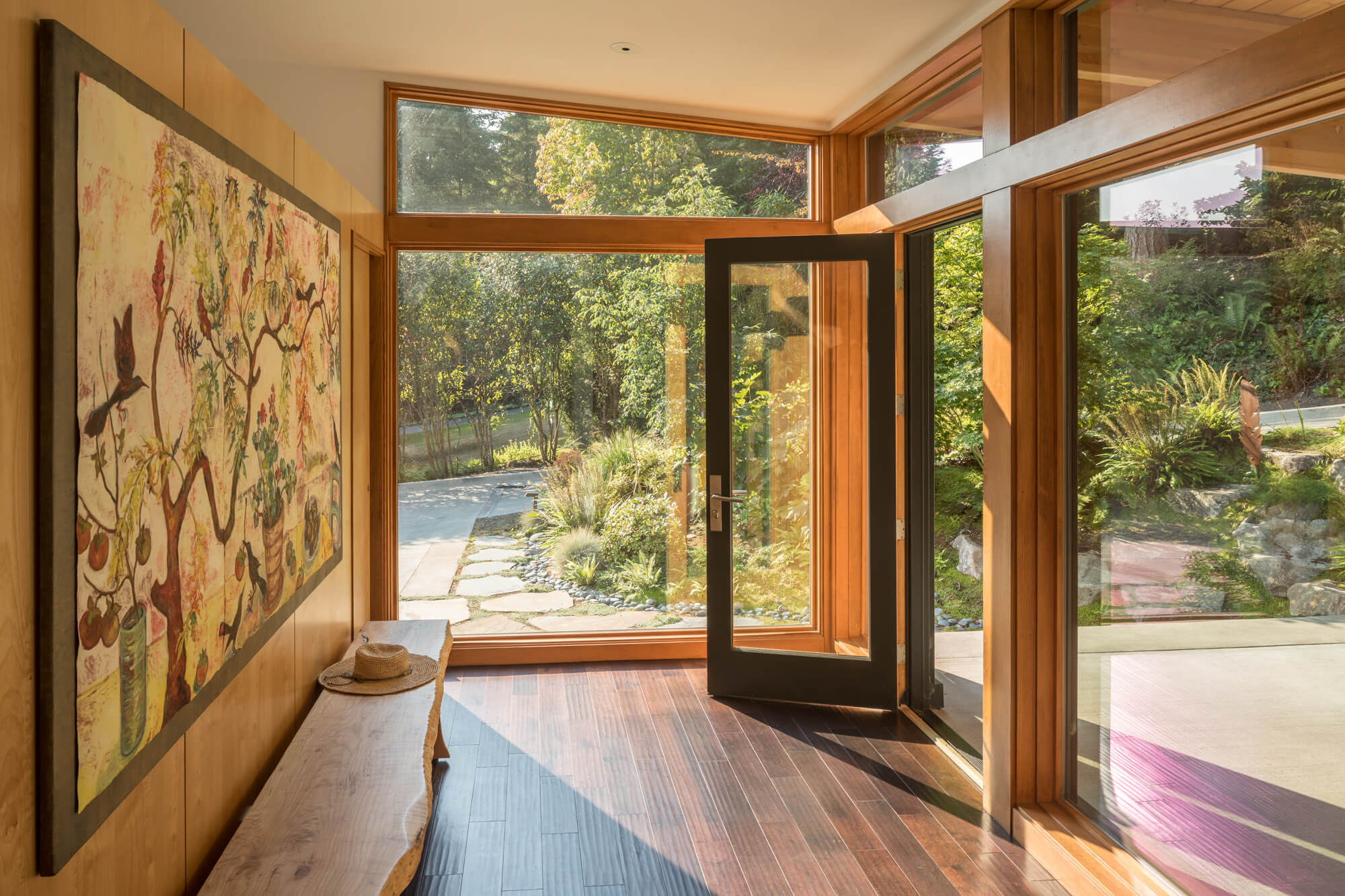How a Bainbridge Island Interior Designer Blends Sustainability with Luxury
In the heart of the Pacific Northwest, Bainbridge Island offers more than breathtaking views and a serene lifestyle; it fosters a culture of sustainability, creativity, and refined living. Homeowners here are increasingly seeking interiors that reflect not only their personal tastes but also their commitment to the environment. A Bainbridge Island interior designer plays a pivotal role in harmonizing luxury with sustainability, crafting spaces that are both opulent and eco-conscious. Here’s how that delicate balance is achieved.
Understanding the Bainbridge Island Aesthetic
Bainbridge Island is synonymous with nature-inspired design. Surrounded by forests and water, local interior designers draw from the island’s natural palette—muted greens, earthy browns, soft grays, and deep blues. This foundation of organic hues becomes a springboard for designing interiors that feel luxurious yet grounded.
Luxury here doesn’t scream opulence; instead, it whispers sophistication through quality craftsmanship, timeless design, and understated elegance. Incorporating sustainability into this framework enhances the overall authenticity and uniqueness of the space.
Selecting Sustainable, High-End Materials
A Bainbridge Island interior designer is meticulous in selecting materials that are both environmentally responsible and aesthetically premium. Think FSC-certified wood flooring, reclaimed timber beams, recycled glass countertops, and low-VOC paints. Textiles are often organic cotton, linen, or bamboo, dyed with natural pigments.
Luxury is further emphasized through artisanal touches—handwoven rugs, custom cabinetry from local craftsmen, and stone surfaces sourced responsibly from regional quarries. These choices not only support sustainability but also lend a distinct sense of place to the home.
Energy Efficiency as a Design Principle
An essential aspect of sustainable luxury is energy efficiency. Bainbridge Island designers work closely with architects and engineers to ensure that interior layouts maximize natural light, cross-ventilation, and passive solar heating.
Smart home systems are integrated discreetly to manage lighting, heating, and appliances efficiently. LED lighting, Energy Star-rated appliances, and insulated windows are no longer mere options—they’re core features. These elements allow clients to experience the comfort and elegance of modern living while reducing their environmental footprint.
Customization Over Mass Production
Mass-produced furniture and decor often lack character and sustainability. Instead, a Bainbridge Island interior designer prioritizes custom-made furnishings that are built to last and designed to reflect the homeowner’s personality.
Working with local artisans and makers ensures that pieces are not only beautiful and unique but also ethically produced. From bespoke dining tables crafted from reclaimed Douglas Fir to handcrafted lighting fixtures, each piece contributes to a cohesive, personalized, and eco-friendly environment.
Embracing Biophilic Design
Biophilic design—integrating natural elements into the interior environment—is a hallmark of sustainable luxury. Bainbridge Island interiors often feature living walls, indoor plantscapes, stone textures, and water features that foster a strong connection with nature.
Large windows and sliding doors blur the lines between indoor and outdoor spaces, bringing in ample daylight and panoramic views. These elements are not just aesthetic; they enhance well-being, reduce stress, and improve air quality—all while adding a luxurious touch to the interior ambiance.
Low-Impact Luxury Finishes
Luxury finishes can still be low-impact. Designers choose products with cradle-to-cradle certifications, non-toxic sealants, and reclaimed or recycled content. For instance, decorative tiles may be made from recycled ceramics, and metallic finishes might use low-impact manufacturing processes.
Paints and stains are chosen not only for their colorfastness and elegance but also for their environmental safety. These conscientious decisions reflect a deeper luxury—one rooted in ethical and environmental responsibility.
Upcycling and Vintage Integration
Another strategy used by Bainbridge Island interior designers is the thoughtful integration of vintage or upcycled items. Whether it’s a mid-century modern chair reupholstered with organic fabric or a classic light fixture rewired for LED compatibility, these pieces bring charm and a story to the space.
Reusing high-quality items not only reduces waste but also introduces an element of timeless luxury. The juxtaposition of old and new elements creates depth and visual interest that mass-market decor cannot replicate.
Eco-Friendly Space Planning
Interior designers on Bainbridge Island also consider the sustainability of space usage. Efficient space planning reduces unnecessary construction and helps optimize existing architecture.
By designing multi-functional spaces—such as a guest room that doubles as a home office—designers reduce the need for larger footprints, ultimately minimizing resource consumption. Carefully selected furnishings and layout strategies make each room feel expansive yet purposeful.
Mindful Sourcing and Local Collaborations
Supporting local economies is an essential part of the sustainable luxury equation. Bainbridge Island interior designers often collaborate with local artists, furniture makers, and vendors to ensure that materials and labor are sourced responsibly.
This not only lowers carbon emissions from transportation but also supports the community’s creative and economic ecosystem. Clients get the added benefit of knowing that their home reflects the spirit and talent of the place they live in.
Educating Clients on Sustainable Luxury
A key role of an interior designer is to educate clients about the long-term benefits of sustainable luxury. From explaining the lifecycle impact of materials to showing the financial savings of energy-efficient systems, designers on Bainbridge Island empower clients to make informed, ethical choices.
Rather than compromise on aesthetics, these designers prove that luxury can evolve—becoming more conscious, more personal, and more enduring.
Final Thoughts
The work of a Bainbridge Island interior designer goes beyond creating visually stunning spaces; it’s about aligning beauty with responsibility. Through careful material selection, artisanal craftsmanship, and eco-conscious planning, they are reshaping what luxury looks like in the modern world.
In a region that treasures both nature and design, the fusion of sustainability with sophistication isn’t just a trend—it’s the new standard. Choosing a Bainbridge Island interior designer means embracing a future where elegance and ethics coexist beautifully.

